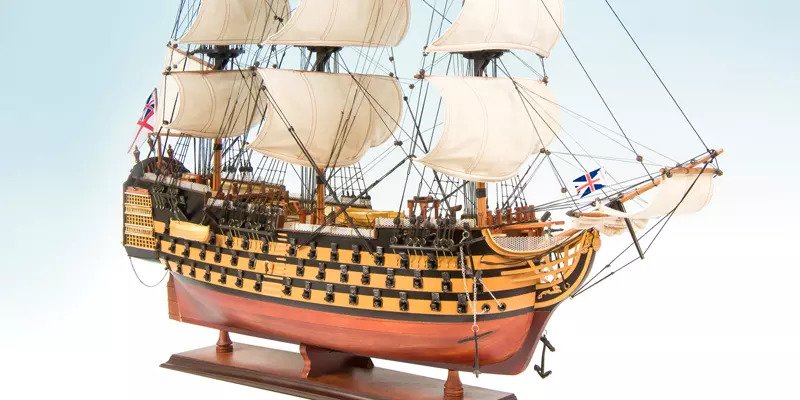
LSM-1 Class Landing Ships Medium Of The Australian Army
The LSM-1 class landing ships medium (LSM) played a pivotal role in the amphibious capabilities of the Australian Army. These vessels, originally built for the United States Navy (USN) during World War II, were transferred to the Australian Army in the late 1950s and early 1960s. Four such ships served under the Australian flag: Clive Steele (AV 1356), Vernon Sturdee (AV 1355), Brudenell White (AV 1354), and Harry Chauvel (AV 1353). Each of these ships was named after notable Australian military figures, reflecting their importance to the nation’s military heritage.
The LSM-1 class was designed to support amphibious operations, capable of transporting troops, vehicles, and equipment directly onto shore. These vessels were essential during World War II for the USN and later for the Australian Army in various missions.
Specifications and Design:
Displacement: 520 tons (standard), 1,025 tons (full load)
Length: 62 meters
Beam: 10.4 meters
Draught: 2.4 meters
Speed: 13 knots
Armament: Typically 2 x 40 mm anti-aircraft guns, various machine guns
Crew: Approximately 55 officers and enlisted personnel
HMAS Clive Steele (AV 1356)
Named after Major General Sir Clive Steele, a distinguished Australian military engineer, Clive Steele (AV 1356) was initially known as USS LSM-547. The ship was transferred to the Australian Army in 1959. During its service, Clive Steele participated in several critical operations, including the Malayan Emergency and the Vietnam War. It was instrumental in delivering troops and supplies to support Australian and allied forces. The vessel was decommissioned in 1971, after a distinguished career.
HMAS Vernon Sturdee (AV 1355)
Vernon Sturdee (AV 1355) was named after General Sir Vernon Sturdee, a senior officer in the Australian Army during World War II. Originally USS LSM-418, the ship was transferred to the Australian Army in 1959. Like its sister ships, Vernon Sturdee played a crucial role in amphibious operations, particularly in Southeast Asia. Its duties included troop transport, supply missions, and training exercises. The ship was decommissioned in 1971.
HMAS Brudenell White (AV 1354)
Named after General Sir Cyril Brudenell Bingham White, a prominent Australian Army officer, Brudenell White (AV 1354) was previously USS LSM-319. Transferred to the Australian Army in 1959, the ship supported numerous military operations and training missions. Its service was marked by its versatility and reliability in various operational contexts. The vessel was decommissioned in 1971.
HMAS Harry Chauvel (AV 1353)
Harry Chauvel (AV 1353), named after General Sir Harry Chauvel, a key figure in the Australian Light Horse during World War I, was initially USS LSM-311. The ship joined the Australian Army in 1959 and served effectively in amphibious roles, including the transport of troops and equipment. Harry Chauvel was involved in several key military operations and training exercises until its decommissioning in 1971.
Role and Impact of LSM-1 Class Ships:
The LSM-1 class ships were crucial in enhancing the Australian Army’s amphibious capabilities during their service period. Their ability to deliver troops and equipment directly onto shorelines made them invaluable assets for various military operations. These ships supported Australia’s strategic objectives in Southeast Asia, particularly during the Malayan Emergency and the Vietnam War.
Key Contributions:
Amphibious Operations: The LSM-1 class ships enabled the Australian Army to conduct amphibious landings efficiently, transporting large quantities of equipment and troops to shorelines, which was critical for maintaining operational momentum.
Training and Readiness: Regular participation in joint training exercises with allied forces ensured that the Australian Army maintained a high level of readiness and interoperability. These ships were central to these exercises, helping to develop and refine amphibious tactics and procedures.
Humanitarian Assistance: Beyond their military roles, these ships were also deployed for humanitarian missions, providing relief and support in disaster-stricken areas. Their ability to transport supplies and medical aid made them vital during crises.
Strategic Mobility: The LSM-1 class ships enhanced the Australian Army’s strategic mobility, allowing for rapid deployment and redeployment of forces across the region. This capability was crucial during the dynamic and often unpredictable conflicts of the Cold War era.
Legacy
The legacy of the LSM-1 class ships in the Australian Army is marked by their significant contributions to military operations and humanitarian missions. These vessels not only strengthened Australia’s amphibious capabilities but also fostered closer cooperation with allied nations through joint exercises and operations.
Although they were decommissioned in 1971, the impact of these ships continues to be felt in the form of enhanced amphibious tactics and procedures developed during their service. The experience gained from operating these ships has informed the design and operation of subsequent classes of landing ships in the Australian Defence Force.
Our company, Seacraft Gallery, is proud to offer meticulously crafted scale models of the Australian Landing Ship Medium Clive Steele (AV1356) (models of other LSM ships, including Vernon Sturdee, Brudenell White, and Harry Chauvel, can be modified from the Clive Steele model). These models are handcrafted with high attention to detail, capturing the essence of these historic vessels. Perfect for collectors and naval enthusiasts, our models provide a tangible connection to Australia’s rich naval heritage. Visit our warship models to explore our collection and bring a piece of military history into your home.



























